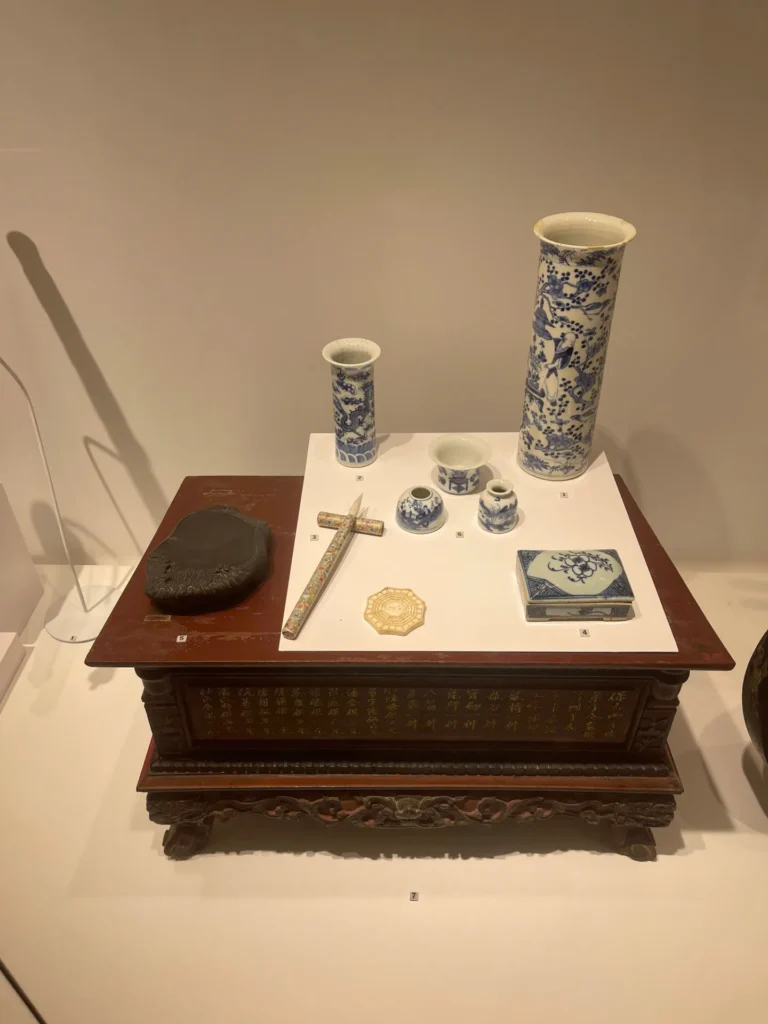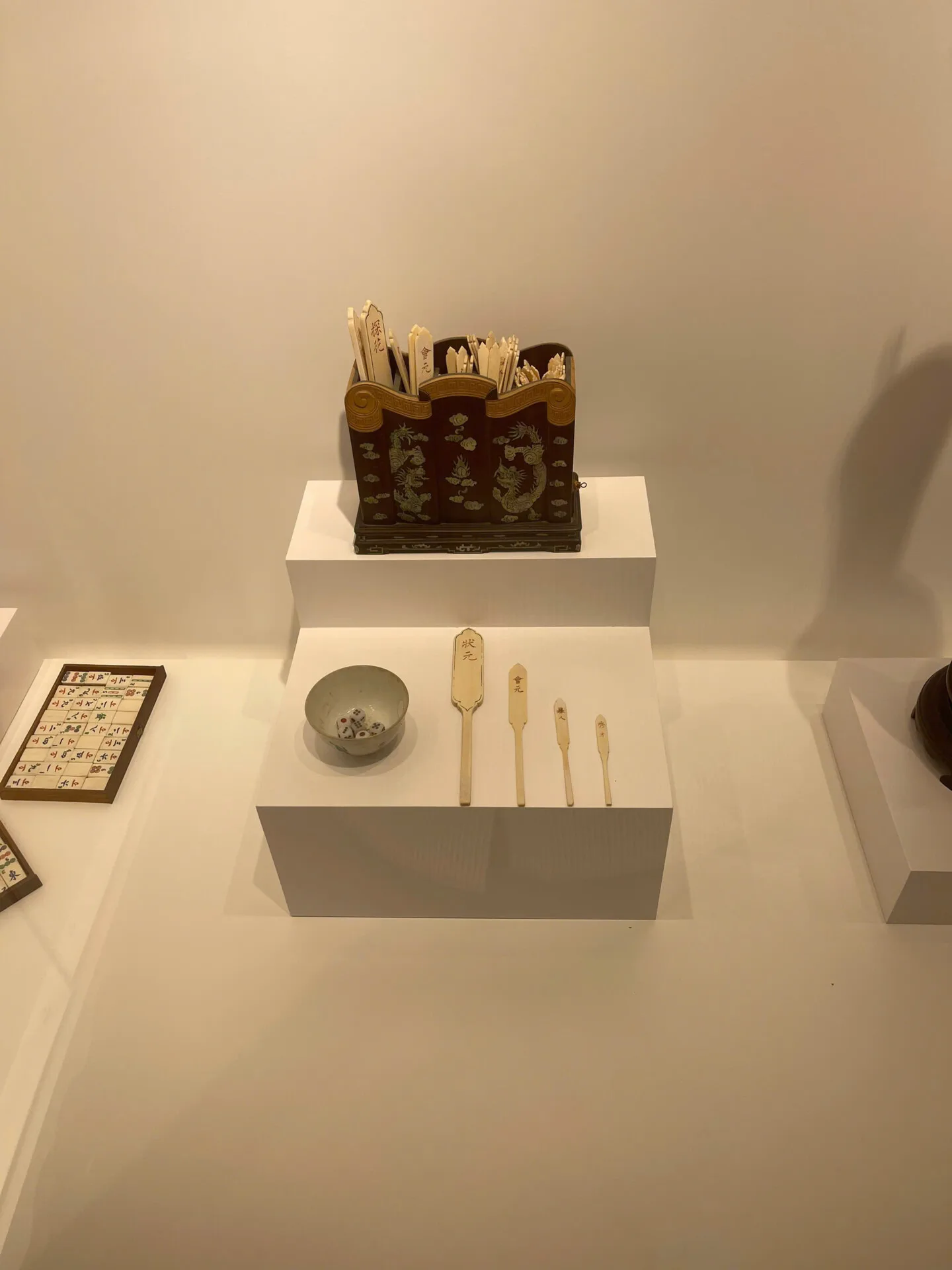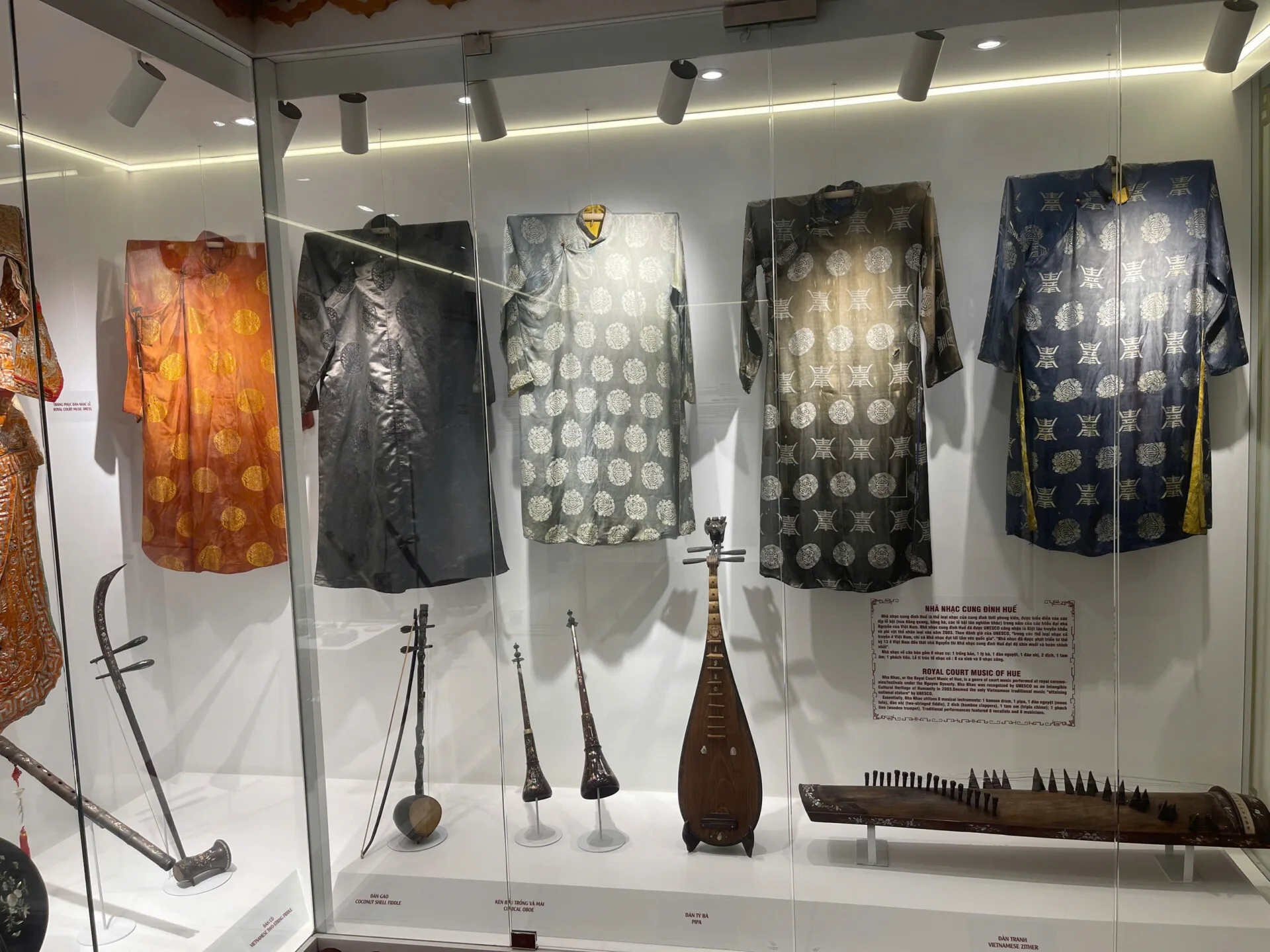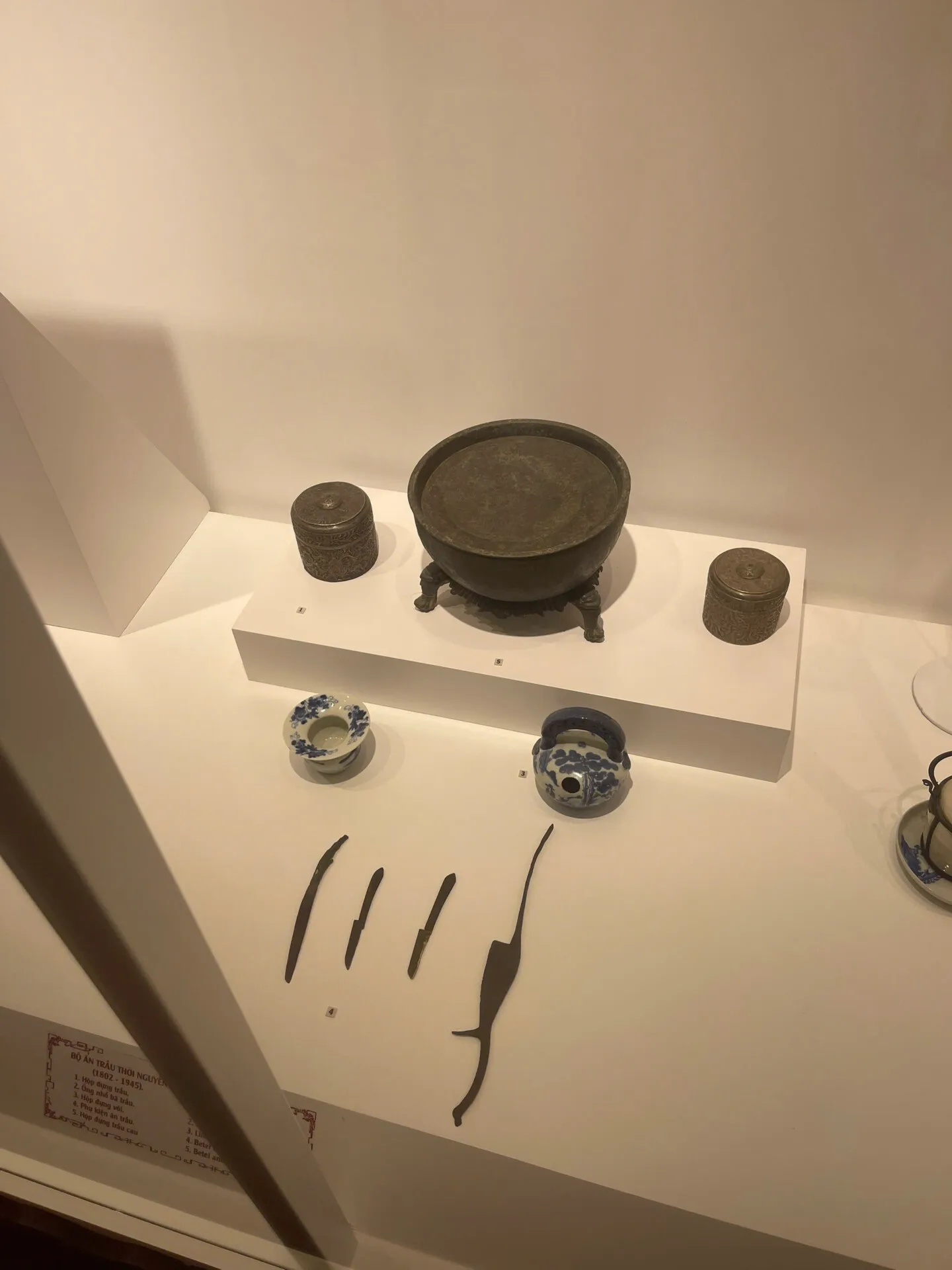Dau Ho Trieu Tu Duc (1847-1883)
Dau ho is a game reserved for the royal family, royalty, and mandarins in the Nguyen Dynasty palace. This is a popular game in East Asian countries (China, Korea, Japan, and Vietnam) during the feudal period, in which players throw darts into the mouth of a jar. According to the word, “dao” means to throw, and “ho” means jar.
In Vietnam, this game was clearly recorded during the Nguyen Dynasty. Emperor Tu Duc was the person who loved and played this royal sport the best. The second person was King Bao Dai, although he also enjoyed Western games such as archery, tennis, and badminton.
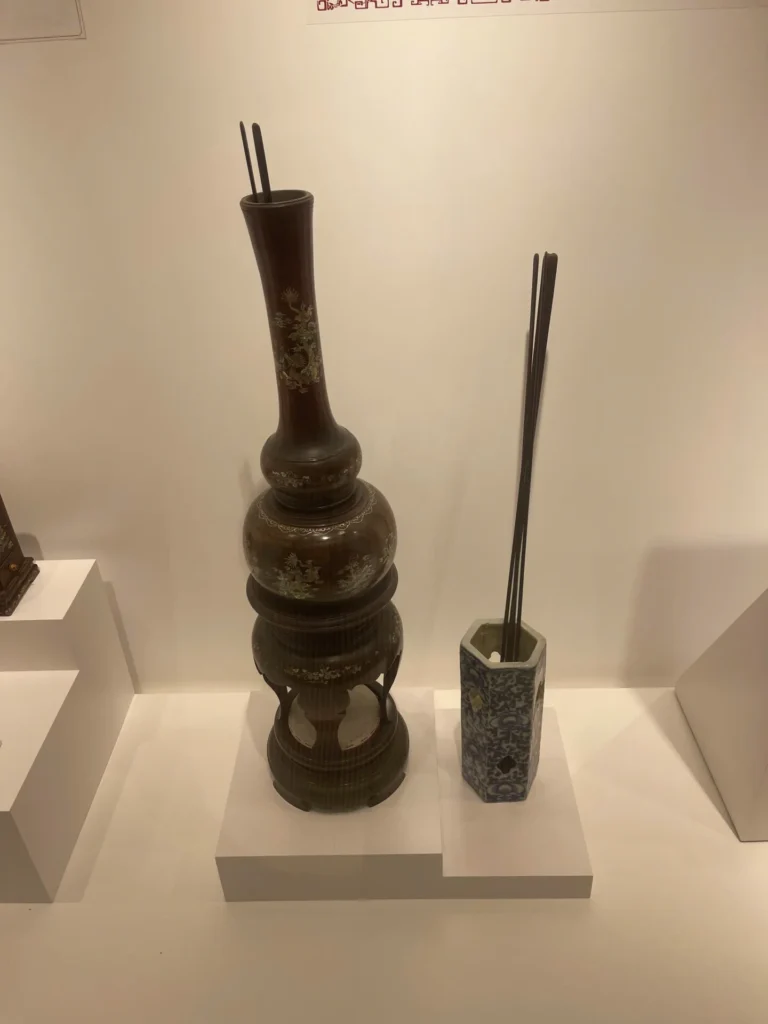
Do Xam Huong
This was a form of entertainment mainly for ladies in the Tu Duc Dynasty (1847-1883) but later spread to other classes of society. Ivory material.
Summary of gameplay: A set of 63 cards, divided into 6 types. The type with the lowest value is the Tu Tai card, equivalent to 1 point; the type with the highest value is the Trang Nguyen card, equivalent to 32 points. Regardless of the unit, small or large, each type of card is synthesized into 32 points called 1 Trang. Players use 6 dice (tao cao), pour them (five drops) into a porcelain bowl to see what types of cards will be caught.
Do Xam Huong is not only a game of entertainment but also aims to popularize the consciousness of the mandarinate, encourage learning among the upper class of society. Degrees such as Tu Tai, Bachelor, Doctor, Trang Nguyen correspond to the prescribed number of points from low to high.
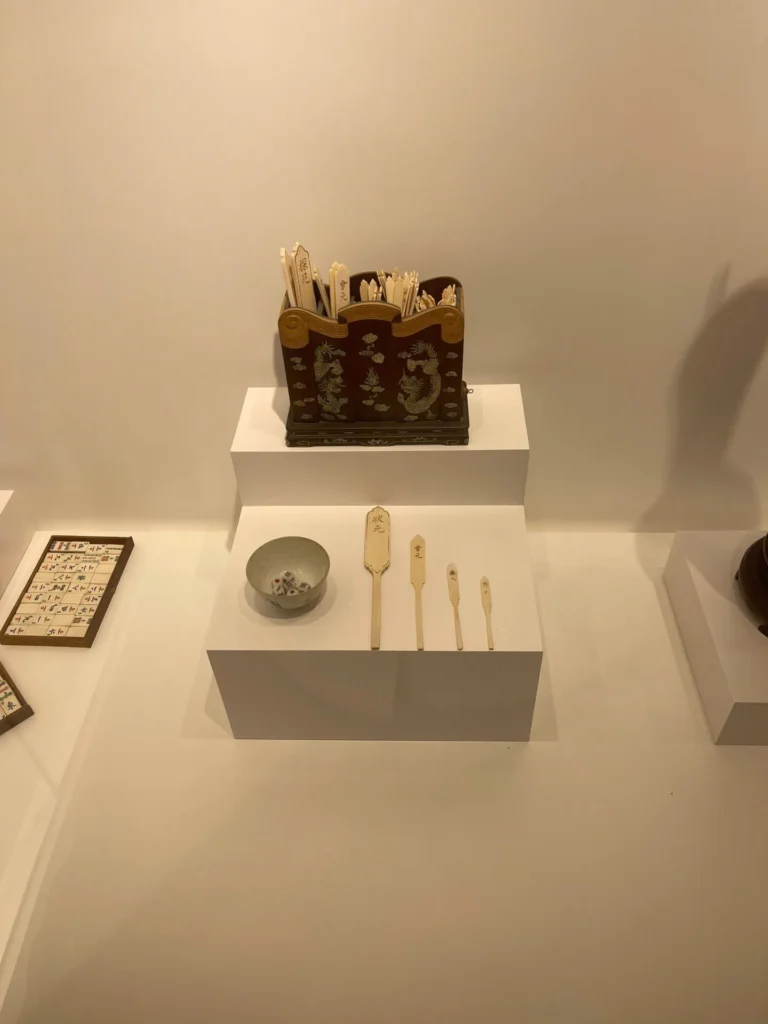
CHESS
Chess originated in China. It is a popular game in countries such as mainland China, Hong Kong, Macau, Taiwan, Singapore, Malaysia and Vietnam.
Another theory suggests that the development of chess originated from Saturanga, an ancient game invented in India from the 5th to the 6th century (about 200 years before chess). Saturanga was invented in India, then traveled west, became chess and traveled east to become chess. The modern game dates back to around the 7th century in China.
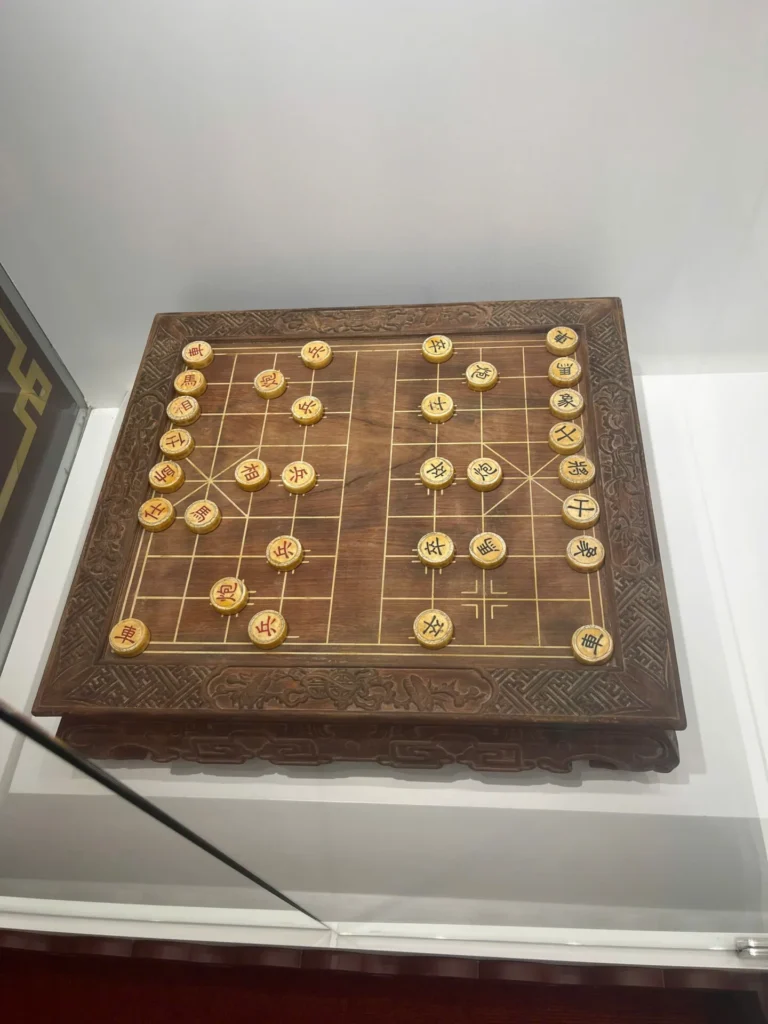
MATCHOC
Mahjong is a Sino-Vietnamese compound word, meaning sesame sparrow. In mahjong, the sparrow symbol is the first card of the deck, which is the Nhat Sach card.
Mahjong includes:
- Mahjong board
- Mahjong cards include:
- Lean deck: divided into three types: books, ten thousand, and literature
- Tai Phao deck: also known as wind, includes 7 types, each type has 4 cards, a total of 28 cards
- Four seasons deck: includes Spring, Summer, Autumn, and Winter
- Frame deck: represents and replaces other cards, includes two types of frames and red frames
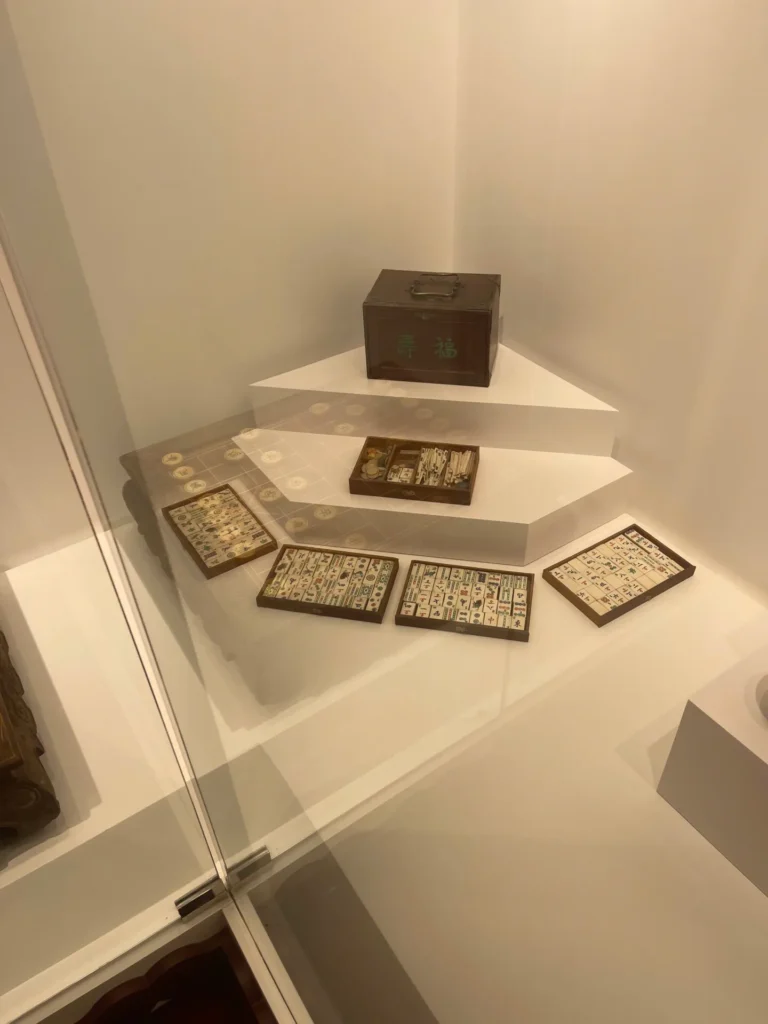
THE FOUR TREASURES OF OFFICE
“The Four Treasures of Office” is a general term for pens, inkstones (stones for grinding ink), paper, ink (vegetable oil and rosin) and office accessories from ancient times to the end of the feudal period. With limited users within a narrow range of feudal social classes such as: rulers, intellectuals, scholars are the main users, not as popular as in modern society.
